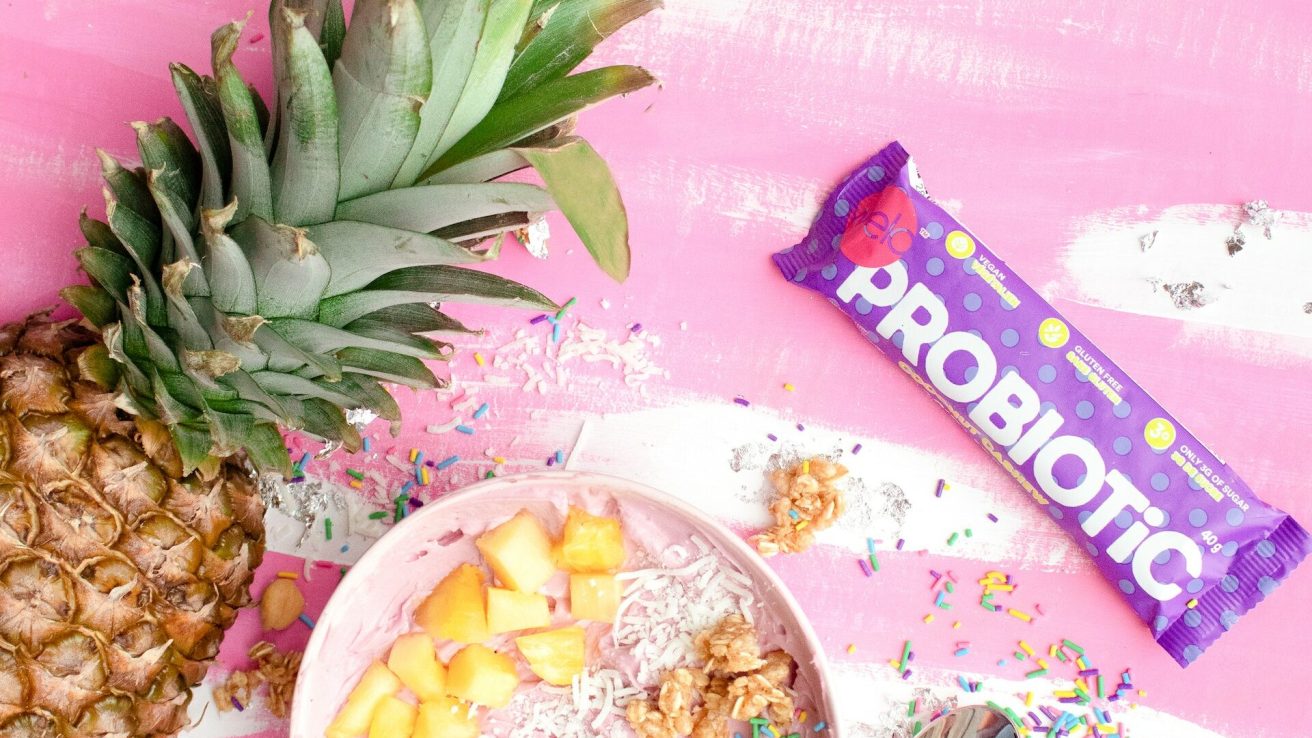Evidence suggests single-strain probiotics, particularly lactobacilli, may help reduce symptoms of atopic dermatitis, a common type of eczema, in children. This article explores an analysis of the latest scientific findings and how these beneficial bacteria may act as a supportive treatment for skin health.
- Certain single-strain probiotics, notably lactobacilli and others, can help reduce the severity of atopic dermatitis in children.
- The strain of bacteria, treatment time, and a child’s age can impact effectiveness.
- Current evidence suggests probiotics can be an effective adjuvant therapy for children with eczema.
Atopic dermatitis (AD), a chronic inflammatory skin condition, is the most common type of eczema. It can range from mild to severe and affects approximately 20% of children worldwide. Though the causes of AD aren’t fully understood, studies are showing that the skin and gut microbiome may play a key part in managing this condition.
Probiotics, live microorganisms that provide health benefits when consumed in adequate amounts, are one type of therapy being explored. They’ve been shown to be effective therapeutics for various diseases, including some skin conditions. However, the effectiveness of probiotics may depend on the strain of the probiotic used. If you have a child with AD, you may want to discuss the use of probiotics with your healthcare provider.
Single-Strain Probiotics and Atopic Dermatitis
A systematic review and meta-analysis of 17 randomized placebo-controlled trials looked at the effectiveness of single-strain probiotic lactobacilli for treating children’s atopic dermatitis.
The results from the study, published in the journal Pharmaceutics, revealed that single-strain probiotic lactobacilli greatly improved symptoms such as redness, swelling, oozing crusts, abrasions, thickening of the skin, and dryness in children with atopic dermatitis compared to a placebo. However, different factors influenced the effectiveness of the single-strain probiotic lactobacilli, such as the type of bacteria, the duration of treatment, and the age of the children receiving treatment.
Which Strain, How Long, and At What Age?
Certain close relatives of lactobacilli, specifically Limosilactobacillus fermentum, were found to be more effective than others. For example, two studies investigating two strains of Limosilactobacillus fermentum found a significant improvement in AD symptoms in favor of these strains.
The research also suggests a treatment duration of 3 months may be most beneficial and that younger children appear to benefit more from probiotic therapy.
Probiotics: A Promising Supportive Treatment
While more research is necessary, the evidence so far is promising that probiotics may offer potential as a supportive therapy — one used in addition to other standard treatments — for managing AD symptoms in children. However, while these findings are encouraging, they should not replace approved treatments for AD. As our understanding of the relationship between the gut and skin deepens, the hope is that we’ll be better able to manage and potentially prevent chronic conditions like atopic dermatitis.
Source:
Fijan, S., Kolč, N., Hrašovec, M., Jamtvedt, G., Pogačar, M. Š., Mičetić Turk, D., & Maver, U. (2023). Single-Strain Probiotic Lactobacilli for the Treatment of Atopic Dermatitis in Children: A Systematic Review and Meta-Analysis. Pharmaceutics, 15(4), 1256. https://doi.org/10.3390/pharmaceutics15041256









